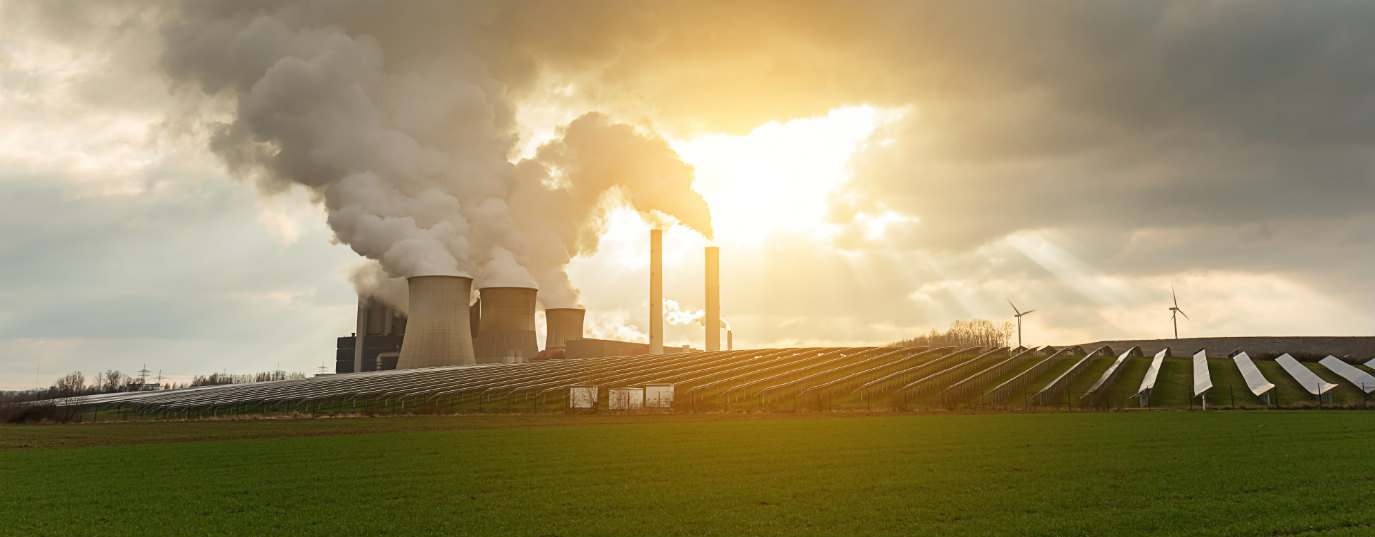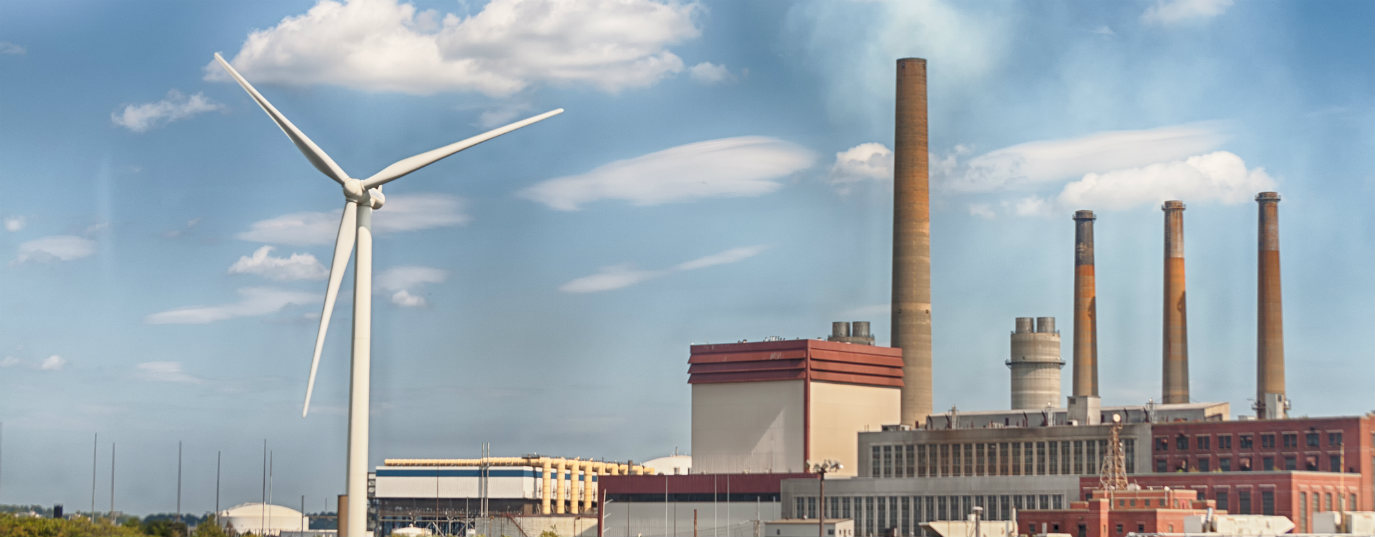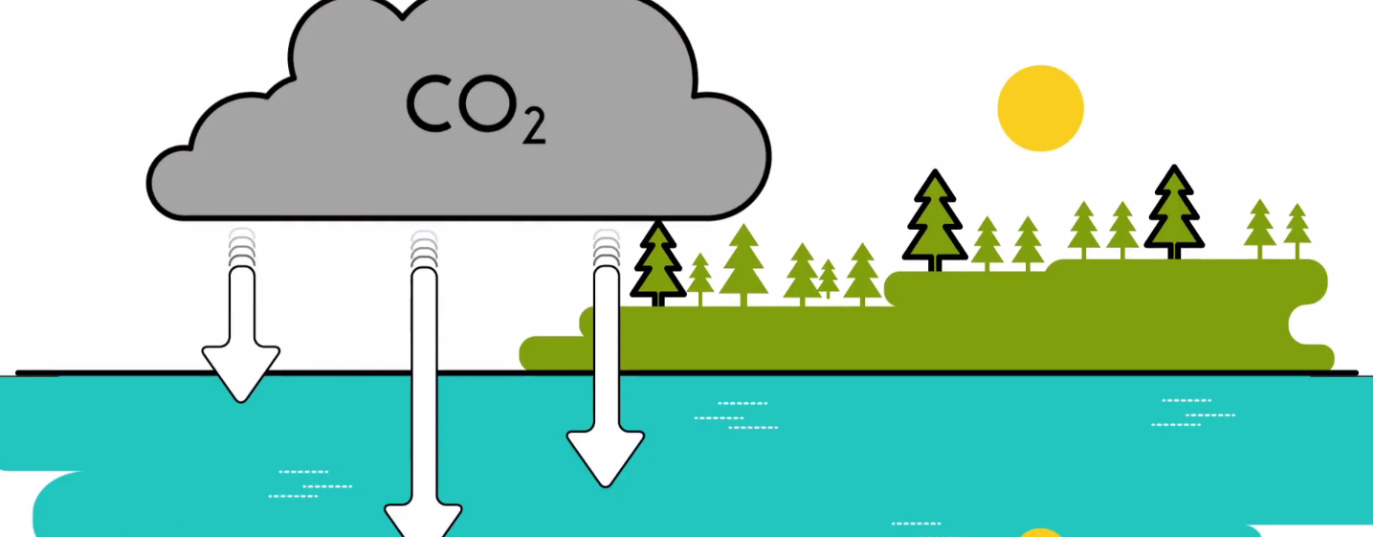What are carbon markets?
Climate change is a global problem, not a local one; in order to head it off, it is essential for the CO2 volume emitted to be reduced.
Climate change is a global problem, not a local one; in order to head it off, it is essential for the CO2 volume emitted to be reduced, but it is not so important where this takes place.
Carbon markets began to exist with the intention of getting the necessary emission reductions (objectives) at the lowest cost – the one who can perform reductions at a not very high cost performs them. Those who cannot afford them buy them and thus help finance the projects of the former ones; this way the efficiency of the system is achieved.
In this spirit the European Trading Scheme began to exist in 2005. Its purpose was to meet the objectives which the Kyoto Protocol established, and enable the European industry to contribute in the best possible way. Each emitting installation had a reduction aim to cover and it could achieve this by either making technological changes which could reduce its own emissions or – if that option was tricky and costly – by buying emission rights.
What is the Clean Development Mechanism?
encourage countries to undertake a way of sustainable development which had no obligation to reduce greenhouse gases. If a project in a developing country reduces emissions (e.g. one of renewable energy) can sell those emission reductions (external certified emission reductions) to companies or countries which can utilise them for their own benefit to meet their objectives. They are utilised, for instance, in the EU´s internal market.
Do Carbon Markets work?
Due to the crisis, the European carbon market has encountered a problem; the first actual emissions have diminished considerably not only because of permanent reductions but mainly because of a drop in production. As a consequence, there has been an imbalance between supply and demand and such an astonishing fall in prices which disables this mechanism from impelling the technological improvement effort which used to exist.
Both the European market and other more recent markets or others being in their design phase (e.g. the Californian or the Korean ones) have learnt from experience and are improving their design with innovative mechanisms of price stabilisation. In Europe, a reserve is in process of approval, whose objective is, if necessary, to control the volumes, so that prices will be neither too high causing unbearable quantities nor too low making the system ineffective.
It is necessary for the implementation of the reforms which are discussed in the markets to advance, so that they may achieve their goals, as well as the countries' commitment to reduce emissions that ultimately are the base for these markets to make sense. And it is necessary for all this to be done as quickly as possible – the planet will not wait.







